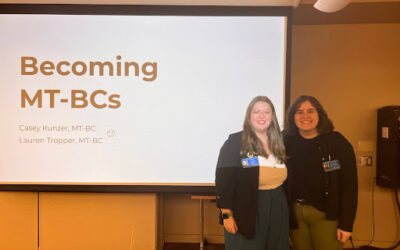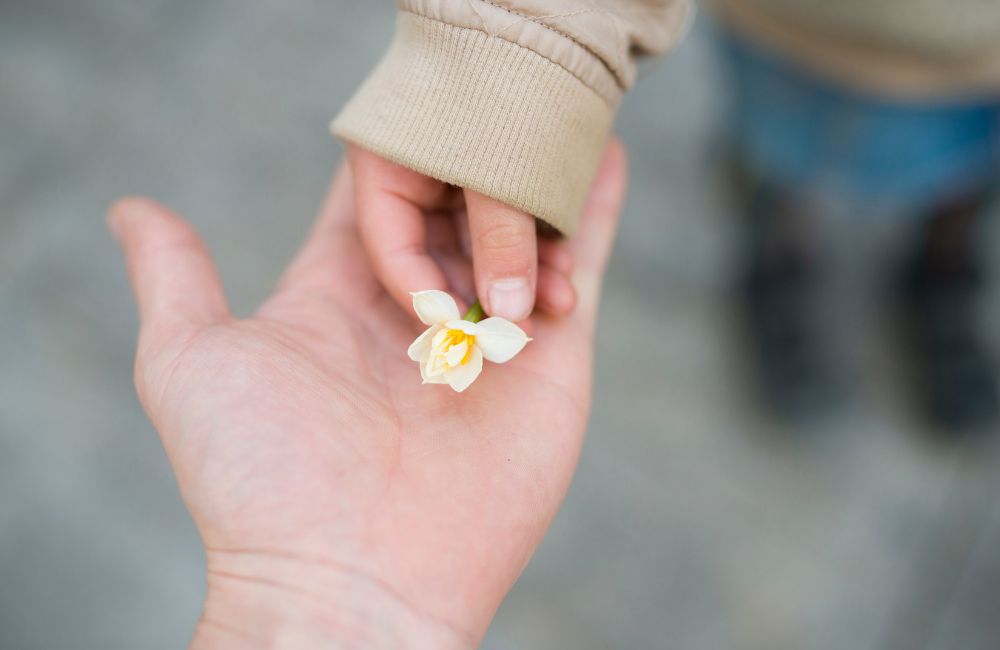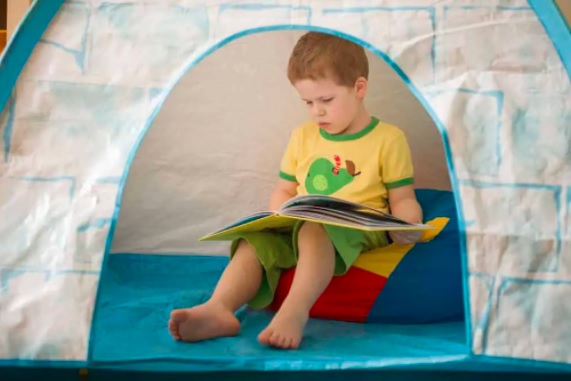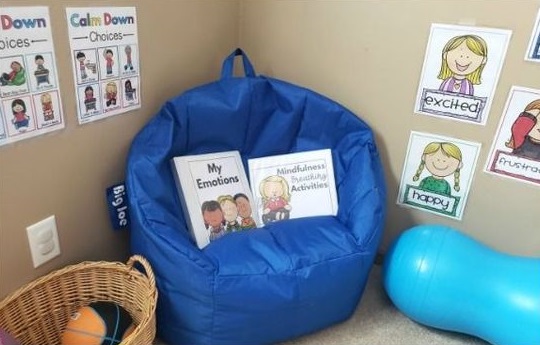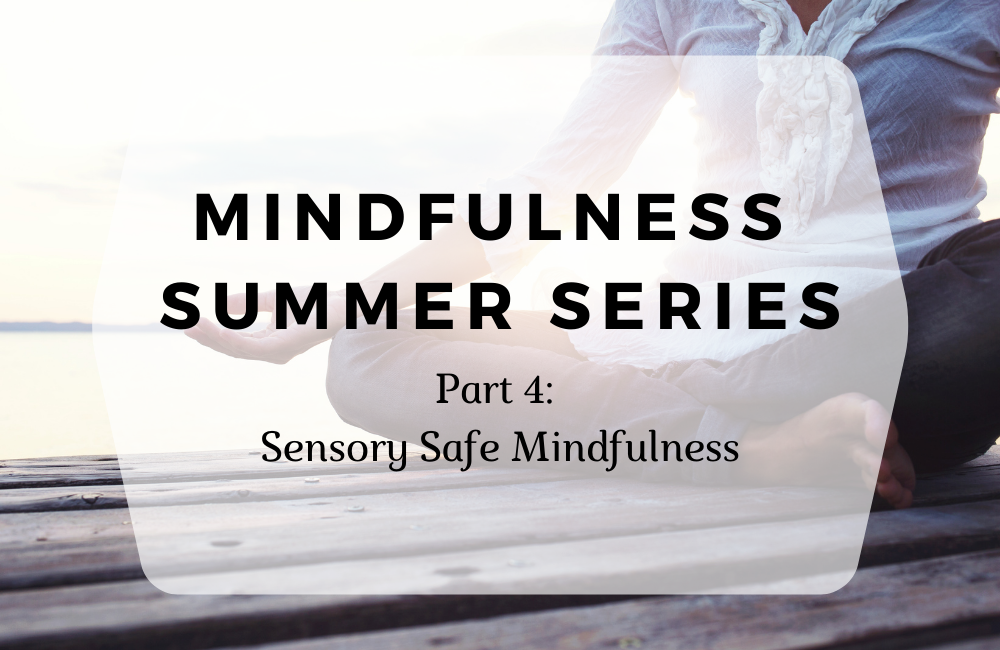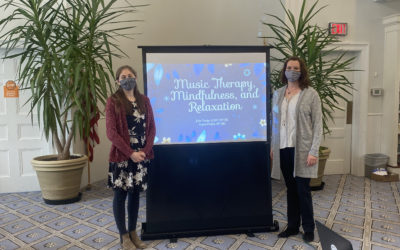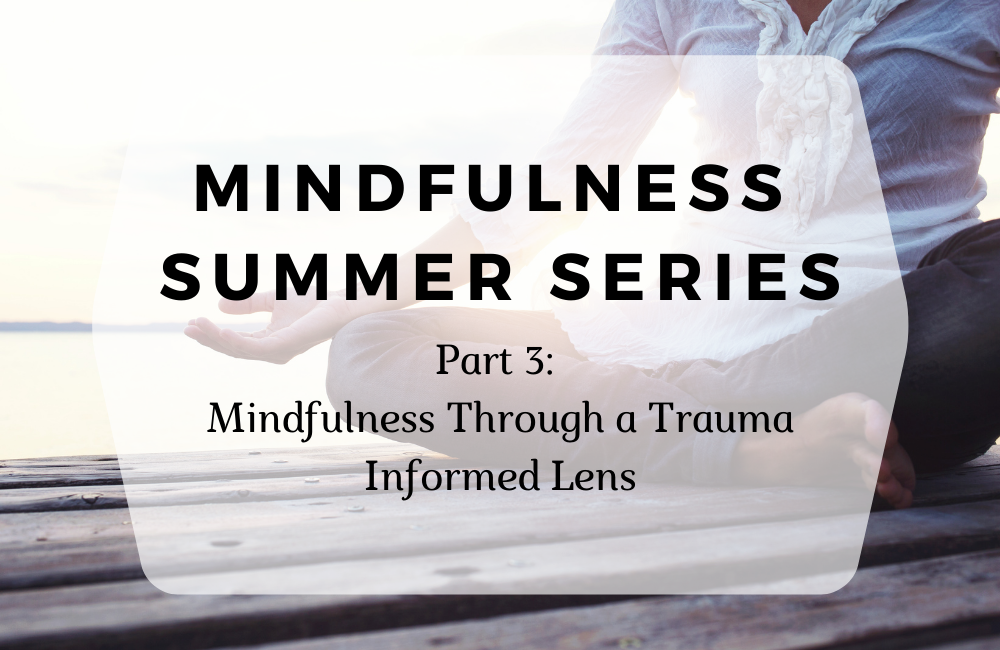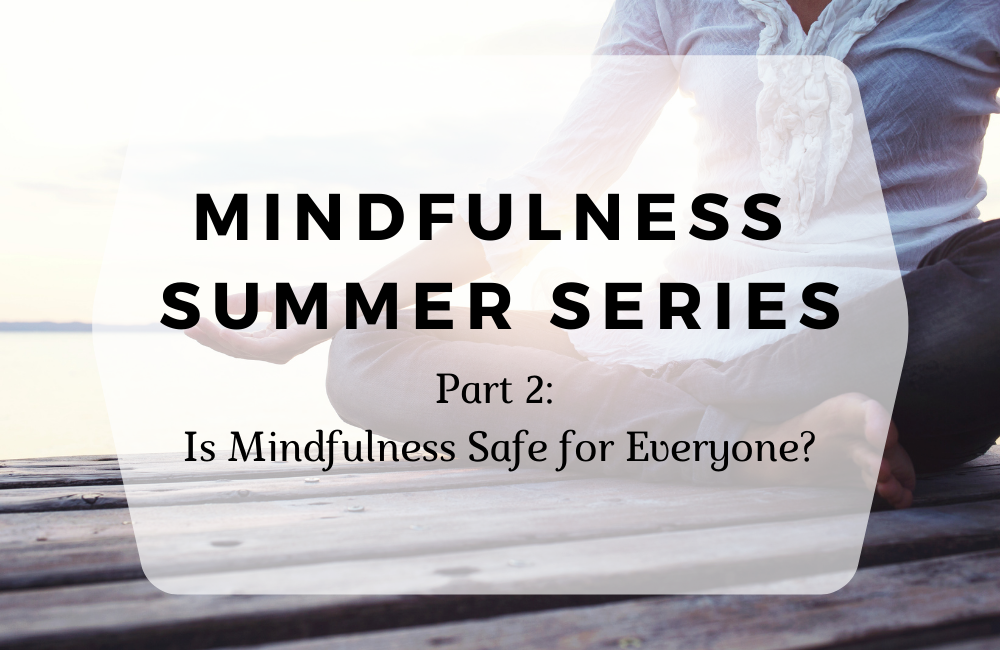This blog was written by Casey Kunzer, MT-BC On March 1st myself and my colleague Lauren had the opportunity to attend and present at SUNY Fredonia’s Mini Music Therapy Conference. Our presentation, “Becoming MT-BCs,” aimed to educate and empower student music...
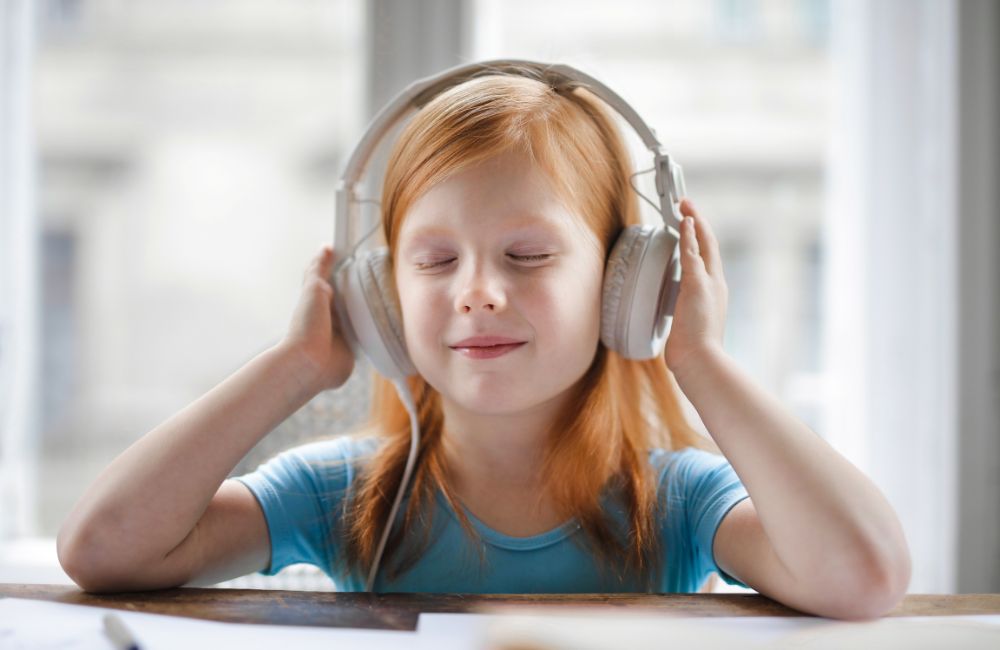
The Improve Your Mood Playlist
Blog Written By Rebecca Szalay
Do you ever notice when you are feeling down that you gravitate towards music that reflects that mood? How about when you’re excited? Do you change the music if a slow or sad song comes on because you feel happy? Music has the ability to express every emotion and we can prolong those moods by continuously listening to those same emotional pieces. Our emotions and events in our lives and how we handle them shape who we are and the decisions we make in the future. Sometimes, when feeling down, we are not ready to talk to someone. We need time by ourselves, but we don’t always know how to get out of that bad place.
How do we use music to get us out of that “funk” or negative emotion when we are not in the mood for the happy stuff?
The Iso-Principle
It’s called the iso-principal. “[Iso-principle is] a technique by which music is matched with the mood of a client, then gradually altered to affect the desired mood state. This technique can also be used to effect physiological responses such as heart rate and blood pressure” (Davis, Gfeller, & Thaut, 2008).
Make Your Playlist
Making a playlist for your mood is a very effective way to use the iso-principle at home. Give it a try by following these steps:
1) First, understand that you are allowed to feel bad. If you are sad, mad, puzzled or just feeling “emotional,” it’s okay. We all have those times and need to work through them. Let’s make a playlist.
2) Start with songs that match your mood. Those ones you gravitate towards that speak to your soul and your current emotional state. Pick a couple of these songs, this is a gradual process.
3) Then, choose a few songs that are less sad/mad but not quite as energetic as something like “Happy” by Pharrell Williams.
4) Start focusing on your breathing. Use the slow pace of the song to breathe in and out and focus on calming. This will help you lower your heart rate and blood pressure, allowing you to calm and start heading towards a physical baseline. The purpose of this playlist is to gradually bring yourself from the negative to the positive. It is a set of songs that, when they are done, help you know that you will be okay, you can do this, and that negative feeling will not last forever. The playlist does not need to end in dancing around the kitchen to your favorite upbeat songs (although if it does, you will have fun doing so).
The intent behind your playlist is to help you to move on and be okay doing so. This process can take a while depending on how you feel. If you create this playlist ahead of time and save it, it is ready when you need it.
If you have any questions about making a mood playlist or want to share your “good mood” songs with us, we would love to hear from you!
Becoming MT-BCs: Presented by Casey Kunzer, MT-BC
World Music Therapy Week 2024
This blog was written by Robin Neary and Amy Thomas. Happy World Music Therapy week! It brings us joy to know that all around the world music therapists are coming together to celebrate and educate our communities on our profession. This year, Upstate Music Therapy...
The Planets: A Story Orchestra
Blog post written by Abby Hamel On April 8th, 2024, an out-of-this-world event will occur: the solar eclipse! Rochester is lucky enough to be in the path of totality for this eclipse and I can feel the excitement around me. The Planets by Helen Mortimer is the newest...

